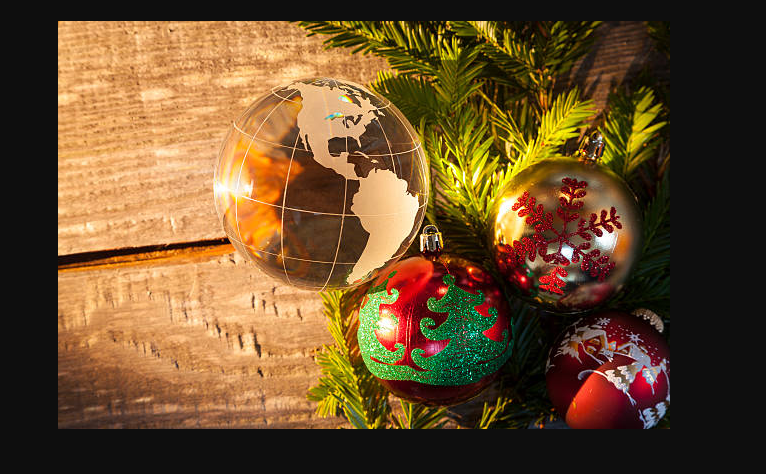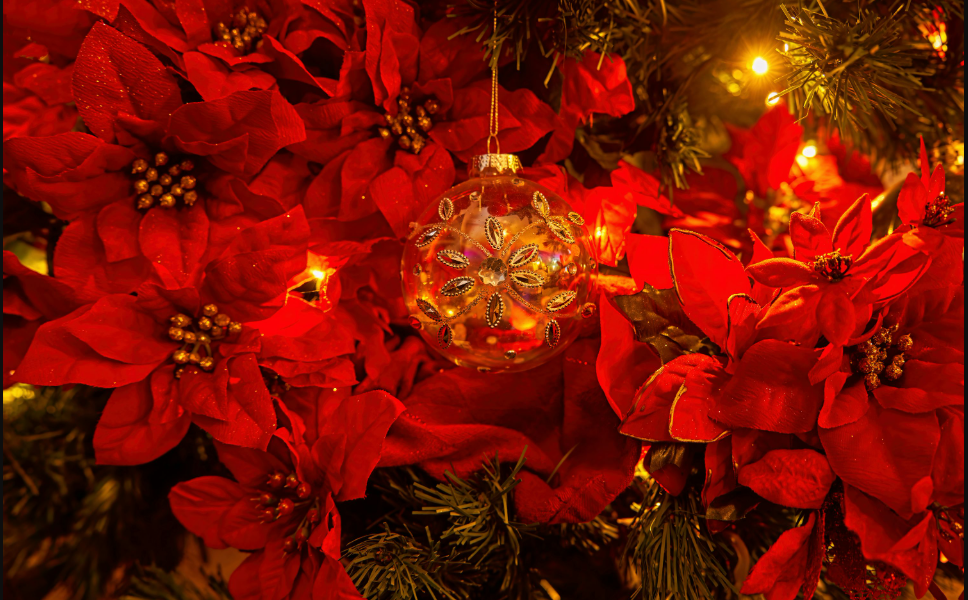The Christmas background is a rich tapestry of history, culture, and traditions that have evolved over centuries. Celebrated globally on December 25, Christmas commemorates the birth of Jesus Christ, but its roots extend beyond Christianity, blending pagan rituals, cultural practices, and modern festivities. The Christmas background encompasses ancient winter solstice celebrations, medieval feasts, and contemporary customs like gift-giving and tree decorating. This article delves into the origins, transformations, and global impact of Christmas, offering a comprehensive look at its historical and cultural significance. By understanding the Christmas background, we gain insight into how this holiday unites diverse communities while reflecting unique regional identities. From Roman Saturnalia to Victorian innovations, the Christmas background is a story of adaptation and celebration.
Origins of the Christmas Background
The Christmas background begins in ancient times, long before Christianity. Early winter solstice festivals, like the Roman Saturnalia and Germanic Yule, celebrated light’s return during the darkest days. These pagan traditions involved feasting, gift exchanges, and evergreen decorations, many of which influenced modern Christmas practices. When Christianity spread across Europe, the church aligned Jesus’ birth celebration with these festivals to ease conversions, establishing December 25 as Christmas Day by the 4th century. The Christmas background thus merges spiritual significance with pre-Christian rituals, creating a holiday that resonates across cultures. This blending of traditions highlights the adaptability of Christmas, shaping its enduring appeal.
The Role of Christianity in the Christmas Background
Christianity forms the core of the Christmas background for billions worldwide. The holiday celebrates Jesus Christ’s nativity, with biblical accounts of his birth in Bethlehem inspiring traditions like Nativity scenes and carols. Early Christians faced persecution, so Christmas was initially a modest observance. By the Middle Ages, it became a major feast day, marked by church services and communal celebrations. The Christmas background reflects theological themes of hope and redemption, but it also absorbed local customs, such as mystery plays and feasts. Today, Christian practices like Midnight Mass remain central, illustrating how the Christmas background balances faith with cultural evolution.

Pagan Influences on the Christmas Background
Pagan traditions significantly shaped the Christmas background, enriching its rituals. The Roman Saturnalia, a week-long festival honoring Saturn, featured gift-giving, role reversals, and candle lighting, elements echoed in modern Christmas celebrations. Similarly, the Norse Yule involved burning logs and decorating with holly, precursors to the Yule log and wreaths. Evergreens, symbolizing eternal life, were used in winter rites across Europe. As Christianity spread, these symbols were repurposed to align with Christian narratives, creating a layered Christmas background. This fusion of pagan and Christian elements underscores the holiday’s ability to adapt and thrive across diverse cultures.
Medieval Christmas Traditions
In medieval Europe, the Christmas background took on vibrant forms. The holiday was a 12-day celebration, from Christmas Day to Epiphany, filled with feasts, music, and communal merriment. Nobles hosted lavish banquets, while peasants enjoyed simpler gatherings. Traditions like wassailing—singing for blessings—and mumming plays emerged, blending sacred and secular themes. The Christmas background also included early forms of gift-giving, often tied to charity. Churches staged elaborate Nativity dramas, reinforcing the holiday’s religious roots. These medieval customs laid the groundwork for many modern practices, showing how the Christmas background evolved through community and creativity.
The Reformation and Christmas Background Changes
The Protestant Reformation in the 16th century reshaped the Christmas background. Reformers like Martin Luther emphasized scripture over Catholic traditions, leading some regions to downplay Christmas festivities. In Puritan England and colonial America, Christmas was even banned for its perceived excesses. However, other Protestant areas, like Germany, enriched the Christmas background with innovations like Christmas trees, inspired by Luther himself. Catholic regions retained elaborate celebrations, with feasts and masses. This period of religious tension diversified the Christmas background, creating regional variations that persist today. The holiday’s resilience during this era highlights its deep cultural roots and adaptability.
Victorian Era and the Modern Christmas Background
The Victorian era (19th century) redefined the Christmas background, giving us many modern traditions. Charles Dickens’ A Christmas Carol popularized themes of family, charity, and goodwill, shaping the holiday’s emotional tone. The British royal family, particularly Queen Victoria and Prince Albert, popularized German customs like Christmas trees and cards. Industrial advancements made decorations and gifts more accessible, transforming Christmas into a commercial event. The Christmas background became a blend of nostalgia and innovation, with Santa Claus emerging as a central figure, inspired by St. Nicholas. This era cemented the holiday’s global appeal, making the Christmas background a cornerstone of Western culture.
Global Spread of the Christmas Background
The Christmas background transcends borders, adapting to diverse cultures. In Asia, countries like Japan celebrate with secular traditions like KFC Christmas meals, while the Philippines hosts the world’s longest Christmas season, starting in September. In Africa, Christmas blends Christian services with local music and dance. European nations maintain distinct customs, like Germany’s Advent markets and Italy’s Nativity displays. The Christmas background’s global reach reflects its flexibility, incorporating indigenous elements while retaining core themes of joy and togetherness. This universality makes Christmas a shared cultural phenomenon, even in non-Christian regions.

Christmas Background in Popular Culture
Popular culture has amplified the Christmas background, embedding it in music, film, and literature. Iconic songs like “White Christmas” and movies like Home Alone evoke the holiday’s warmth and nostalgia. Television specials, such as A Charlie Brown Christmas, explore its spiritual and communal themes. The Christmas background also inspires countless books, from children’s tales to adult novels, reinforcing its emotional resonance. Media has commercialized the holiday, with advertisements shaping consumer expectations. Yet, these cultural artifacts preserve the Christmas background’s essence, blending tradition with modern storytelling to keep the holiday relevant.
Symbolism in the Christmas Background
Symbols are central to the Christmas background, each carrying historical and cultural weight. The Christmas tree, rooted in pagan evergreen worship, represents eternal life. Holly and mistletoe, once Druidic symbols, now signify joy and love. The star atop trees recalls the Star of Bethlehem, guiding the Magi. Santa Claus, derived from St. Nicholas, embodies generosity. These symbols, woven into the Christmas background, connect past and present, giving the holiday its distinctive visual and emotional language. Their enduring use across cultures underscores the Christmas background’s ability to convey universal themes through tangible traditions.
Commercialization of the Christmas Background
The Christmas background has become a commercial juggernaut, driving global economies. Retailers rely on holiday sales, with Black Friday marking the season’s start. Advertisements promote gifts, decorations, and festive foods, shaping consumer behavior. The Christmas background’s commercialization began in the 19th century with mass-produced goods and has since grown exponentially. Critics argue this focus overshadows the holiday’s spiritual roots, yet others see it as a natural evolution. The tension between commerce and tradition defines the modern Christmas background, challenging communities to balance materialism with the holiday’s deeper meanings.
Christmas Background and Community
Community lies at the heart of the Christmas background, fostering connection across generations. Families gather for meals, exchanging gifts and stories. Communities host events like tree lightings, carol sings, and charity drives, reinforcing social bonds. The Christmas background encourages acts of kindness, from volunteering to donating. In diverse societies, Christmas adapts to include interfaith and secular celebrations, broadening its communal appeal. This emphasis on togetherness makes the Christmas background a powerful force for unity, even amid cultural and religious differences, highlighting the holiday’s role in building stronger, more compassionate communities.
Environmental Impact of the Christmas Background
The Christmas background has environmental implications, as celebrations generate waste and resource use. Real Christmas trees, while biodegradable, require land and water, while artificial trees contribute to plastic pollution. Gift-giving and packaging produce significant waste, and holiday travel increases carbon emissions. However, sustainable practices are emerging within the Christmas background, such as using LED lights, eco-friendly decorations, and local gifts. Communities are rethinking traditions to align with environmental consciousness, ensuring the Christmas background evolves responsibly. This shift reflects the holiday’s adaptability, balancing joy with stewardship of the planet.
The Future of the Christmas Background
The Christmas background continues to evolve, shaped by technology, globalization, and social change. Digital platforms enable virtual celebrations, connecting distant loved ones. Interfaith and inclusive practices are expanding, reflecting diverse societies. Climate awareness is prompting greener traditions, while economic shifts influence gift-giving trends. The Christmas background’s future lies in its ability to adapt while preserving its core themes of hope, love, and community. As new generations redefine the holiday, the Christmas background will remain a dynamic expression of human connection, bridging past and present in an ever-changing world.

About the Christmas Background
What is the origin of the Christmas background?
The Christmas background originates from a blend of Christian and pagan traditions. Early Christians set Jesus’ birth celebration on December 25 to align with Roman Saturnalia and winter solstice festivals like Yule, incorporating rituals like gift-giving and evergreen decorations.
How did the Christmas tree become part of the Christmas background?
The Christmas tree, rooted in pagan evergreen worship, was popularized in 16th-century Germany and spread globally through Victorian England. It symbolizes eternal life and is a key element of the modern Christmas background.
Why is the Christmas background celebrated globally
The Christmas background’s global spread stems from its adaptability, blending Christian themes with local customs. Colonialism, media, and commerce further expanded its reach, making it a universal holiday with diverse expressions.
How does commercialization affect the Christmas background
Commercialization drives holiday spending but can overshadow spiritual aspects. The Christmas background balances tradition and consumerism, with efforts to refocus on charity and community gaining traction.




